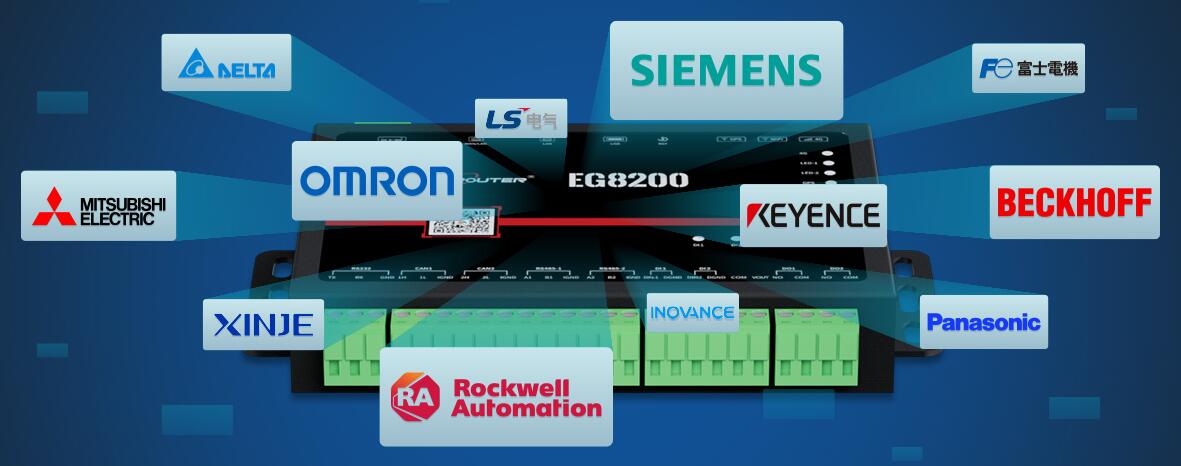A serial port server is a device that allows remote access to serial devices over a network. Its main application scenario is in situations where serial port devices need to be controlled remotely, such as:
Remote Monitoring Of Devices: By connecting sensors or controllers through the serial port, users can monitor the status of the devices and adjust parameters in real time without the need to operate them on site in person. Serial servers can connect serial devices to the network so that they can be accessed remotely via the Internet.
Remote Maintenance Of Equipment: By connecting equipment through the serial port for diagnosis and debugging, maintenance personnel can more easily diagnose and solve problems remotely, reducing travelling and downtime.
Remote Control Of Equipment: By connecting the controller through the serial port, users can control the equipment remotely through the network to achieve remote operation and control.
Data Acquisition And Remote Transmission: By connecting the acquisition device through the serial port, users can transmit the data acquired by the sensor to the remote server through the network.
Serial servers have a wide range of applications in industrial automation, Internet of Things, smart home and other fields, which can help users to achieve remote monitoring and control of equipment, improve work efficiency and reduce costs.
You Should Pay Attention To The Following Points When Using Serial Servers:
1. Confirm The Applicability And Compatibility Of The Device: When purchasing and using the serial port server, you should confirm that the device is compatible with the serial port device you want to connect, and supports the communication protocol and data transfer rate you need.
2. Confirm Network Environment And Topology: When installing and configuring the serial server, you should have a clear understanding of your network environment and topology. This will help you to choose the right serial port server and the correct way of installation and configuration.
3. Security: Since the serial port server connects the serial devices to the network, please make sure to take necessary security measures, such as setting strong passwords, restricting access rights, etc., to prevent unauthorised access and attacks.
4. Stability: Since serial servers are important for the stability of data transmission, it is recommended to use a high-quality serial server to ensure a stable and long-lasting connection and to minimise undesirable effects in data transmission.
5. Configuration Management: For scenarios where multiple serial servers are deployed, it is recommended to use a configuration management tool to facilitate configuration and management of all serial servers at once.
In conclusion, when using a serial port server, you need to understand the network environment and device compatibility, take the necessary safety measures, and select high-quality devices to ensure stable and reliable data transmission.